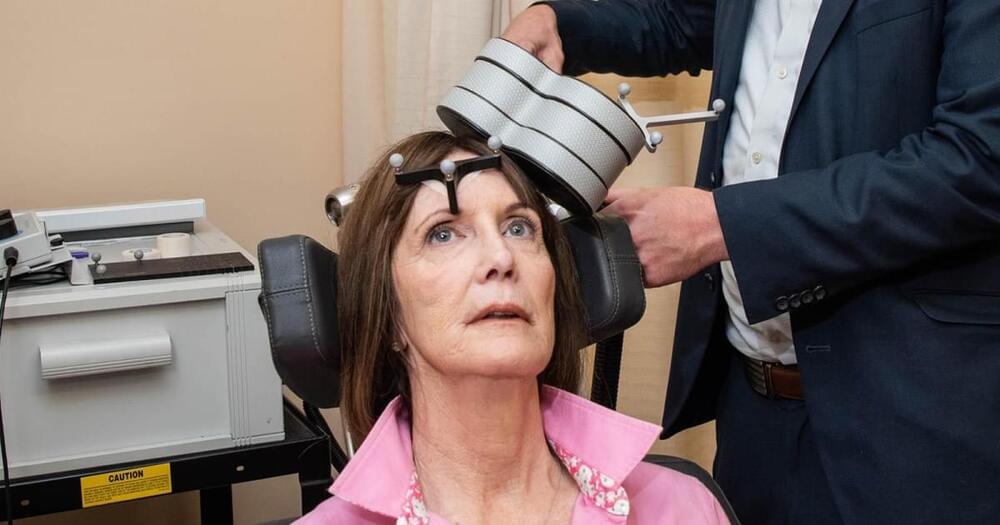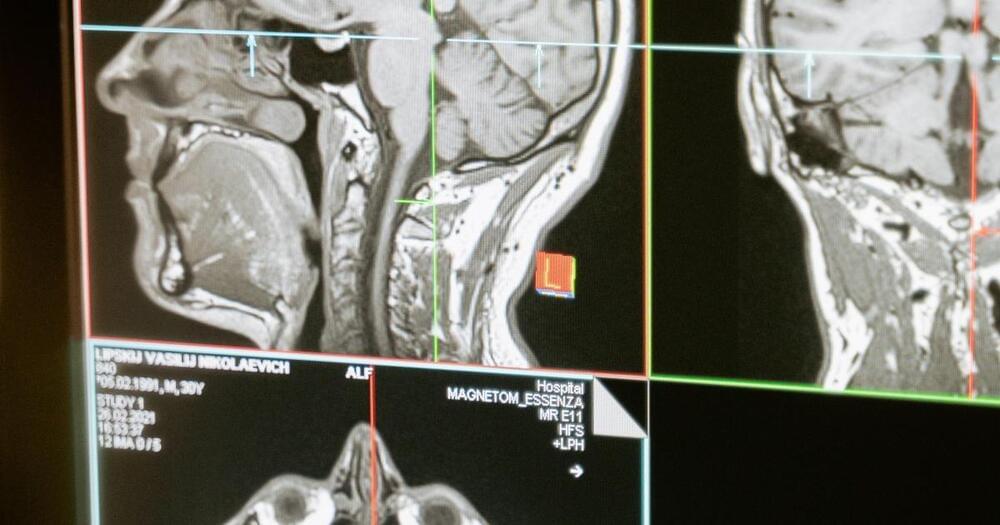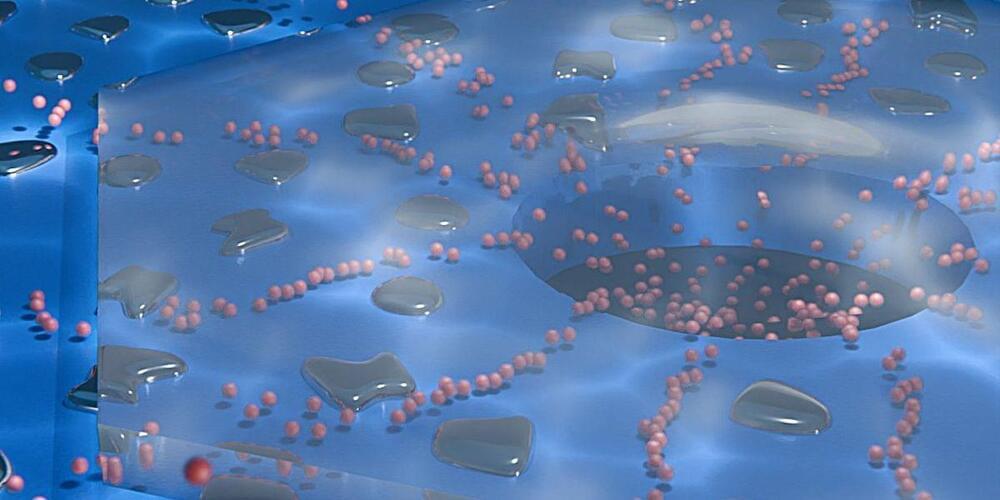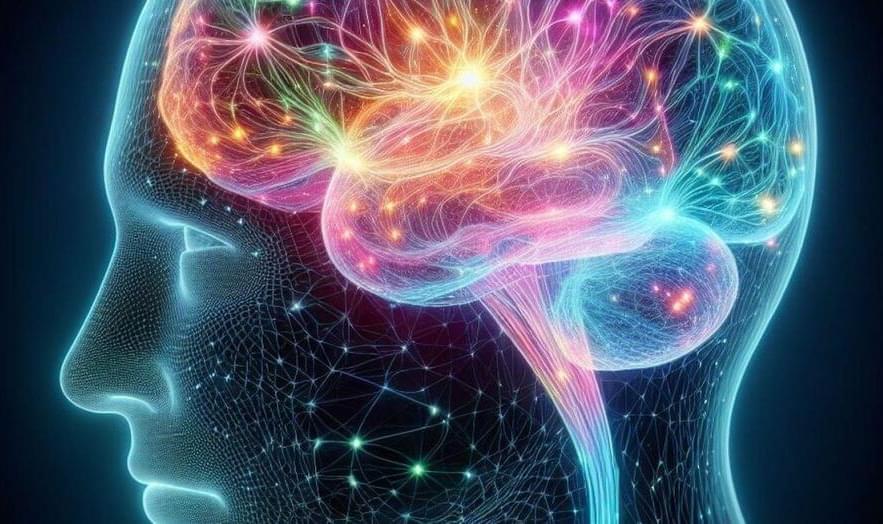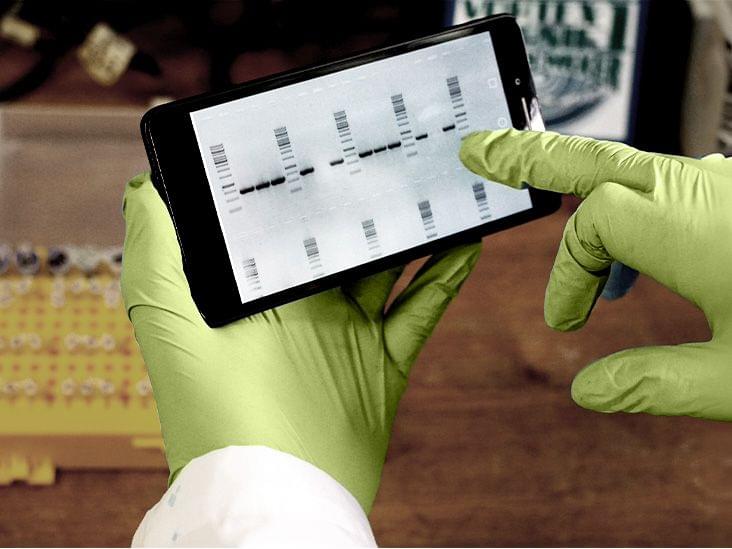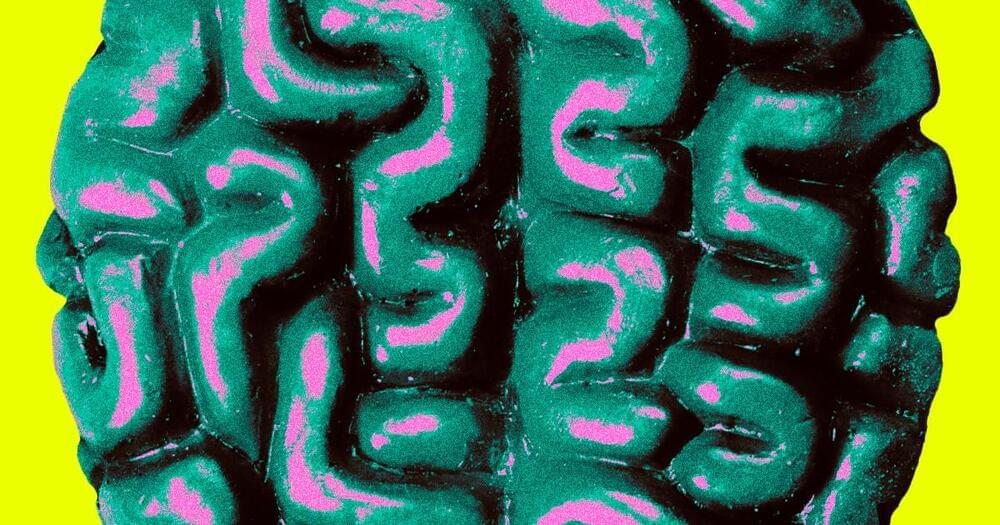Transcranial magnetic stimulation (TMS) appears to relieve depression by correcting brain signals that are traveling the wrong direction.
Category: neuroscience – Page 234
New research suggests that there is no ‘typical’ form of Alzheimer’s disease, as the condition can manifest in at least four different ways.
Very interesting article.
Now a physicist working at the University of Portsmouth in the UK has published research in the AIP Advances journal that he says provides support to the strange theory.
“I don’t want to paraphrase Morpheus from The Matrix but he said ‘what is real?’” the Associate Professor of Physics, Dr Melvin Vopson, said.
“All the senses that we have, they’re just electrical signals that are being decoded by our brains. What this is is a biological computer. There’s nothing more,” he added.
When a positive voltage was applied to the chip, the ions flowed to the pore, where their pressure created a blister between the chip’s surface and the graphite layer. When the blister forced the graphite upward, the device became more conductive, switching its memory state to “on.” Since the graphite stayed lifted even without a current, the chip essentially remembered this state, A negative voltage could pull the chip’s layers back together, resetting the device to its “off” state.
The scientists were able to connect two of these chips to form a logic gate —a circuit that can implement logical operations such as AND, OR, and NOT. They note they can build any other classical logic gate commonly employed in digital computing using their logic gate. This is the first time multiple fluidic memristors have been connected to form a circuit.
Previously, scientists developed fluidic memristors based on tiny syringes or microscopic slits. However, these earlier devices were too bulky and complex to scale up to larger systems. In contrast, the new microchips are compact and scalable, Emmerich says.
Creativity and the Brain
Posted in neuroscience
Research shows that losing cognitive function in old age may not be inevitable and simple measures can help extend the brain’s health span.
Scientists say that long genes — which are more susceptible to DNA damage — might be a main cause of the body’s aging and could play a role in. the development of diseases like Alzheimer’s.
If someone tells you that you have a big head, take that as a compliment.
Humankind’s brains have apparently gotten bigger and bigger over the years, according to a team of scientists, who are surmising that bigger brains may stave off dementia as folks age.
An international team of researchers, led by the University of California Davis Health, arrived at this finding after studying the MRIs of people starting with those born in the 1930s, all the way through the 1970s.
Can light be a factor in eliminating traumatic memories? Japanese scientists found that the long-term memory of flies can be affected if they are kept in the dark. This is the first discovery of the role of environmental light on such memories. The scientists hope to extend this approach to human victims of life-affecting traumas.
Events that are shocking can become a part of our long-term memory (LTM), with new proteins synthesized and the neuronal circuits in our brain becoming altered, explains the press release from researchers at the Tokyo Metropolitan University, who made the breakthrough. These memories can be hard to erase and may lead to post-traumatic stress disorder (PTSD).
Through their research, the team led by Professor Takaomi Sakai from Tokyo Metropolitan University discovered a particular molecular mechanism in Drosophilia flies that affects LTM. To find this, they set up a trauma for male flies by placing them with females who already mated. According to the courtship conditioning paradigm, in such situations mated females stress the unmated males to such an extent that they remember the experience, unwilling to ever mate with any more females – even if they were to be exposed to those that are unmated.
Brain scans of a 72-year-old man diagnosed with a highly aggressive form of cancer known as a glioblastoma have revealed a remarkable regression in his tumor’s size within days of receiving an infusion of an innovative new treatment.
Though the outcomes of two other participants with similar diagnoses were somewhat less positive, the case’s success still bodes well for the search for a way to effectively cure what is currently an incurable disease.
Glioblastomas are typically about as deadly as cancers can get. Emerging from supporting cells inside the central nervous system, they can rapidly develop into malignant masses that claim up to 95 percent of patient lives within five years.
